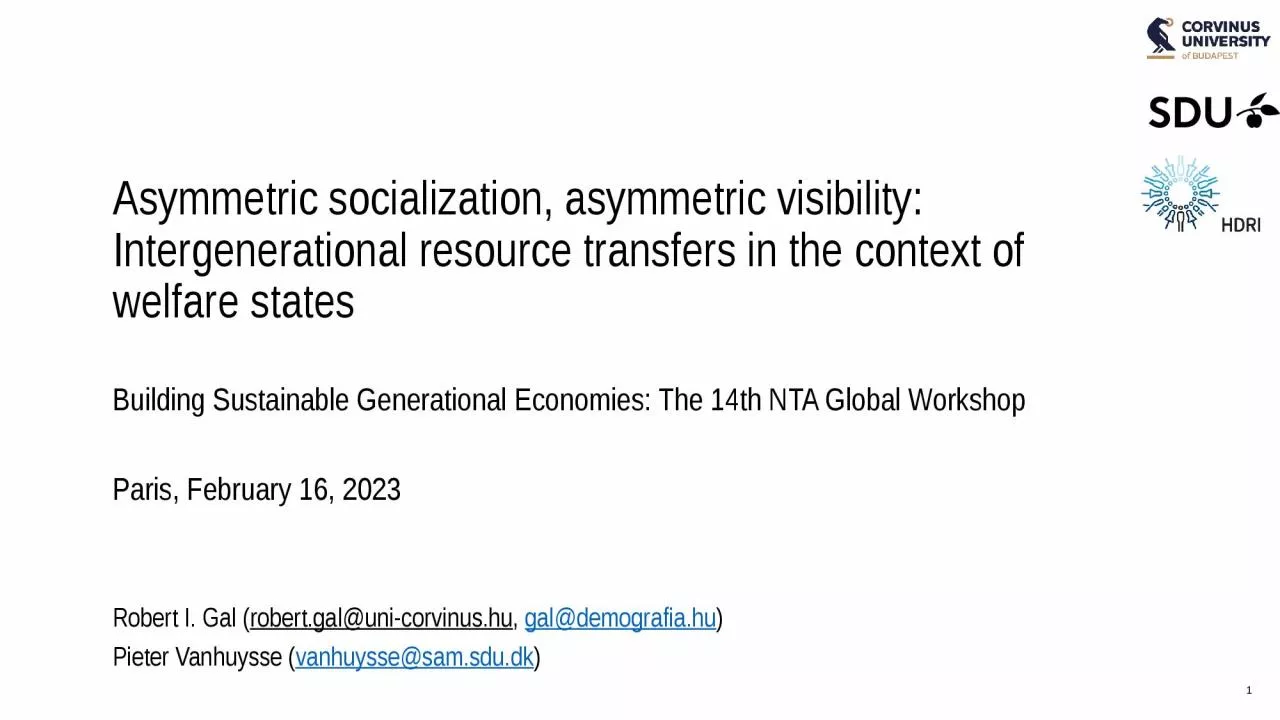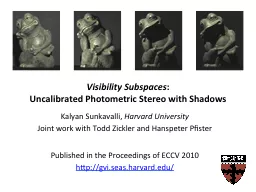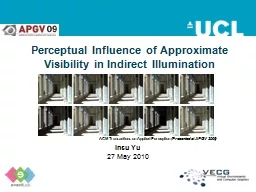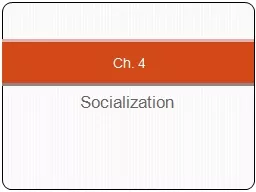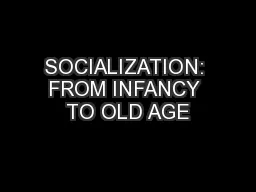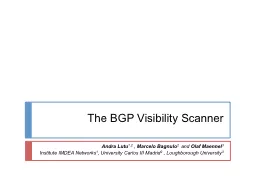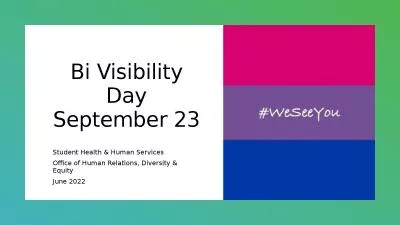PPT-Asymmetric socialization, asymmetric visibility:
Author : ximena | Published Date : 2024-03-13
Intergenerational r esource t ransfers in the c ontext of w elfare s tates Building Sustainable Generational Economies The 14th NTA Global Workshop Paris
Presentation Embed Code
Download Presentation
Download Presentation The PPT/PDF document "Asymmetric socialization, asymmetric vis..." is the property of its rightful owner. Permission is granted to download and print the materials on this website for personal, non-commercial use only, and to display it on your personal computer provided you do not modify the materials and that you retain all copyright notices contained in the materials. By downloading content from our website, you accept the terms of this agreement.
Asymmetric socialization, asymmetric visibility:: Transcript
Download Rules Of Document
"Asymmetric socialization, asymmetric visibility:"The content belongs to its owner. You may download and print it for personal use, without modification, and keep all copyright notices. By downloading, you agree to these terms.
Related Documents

